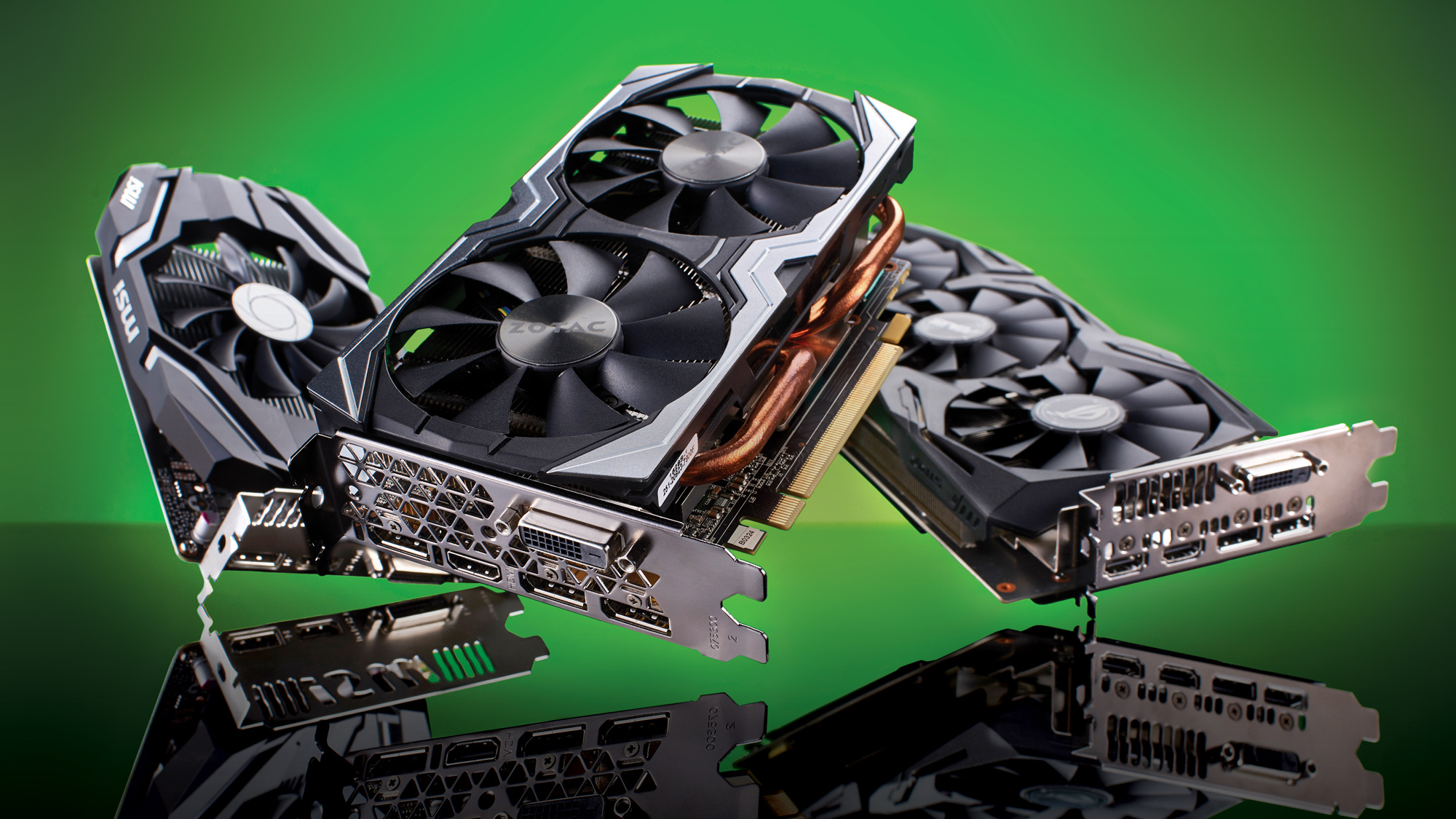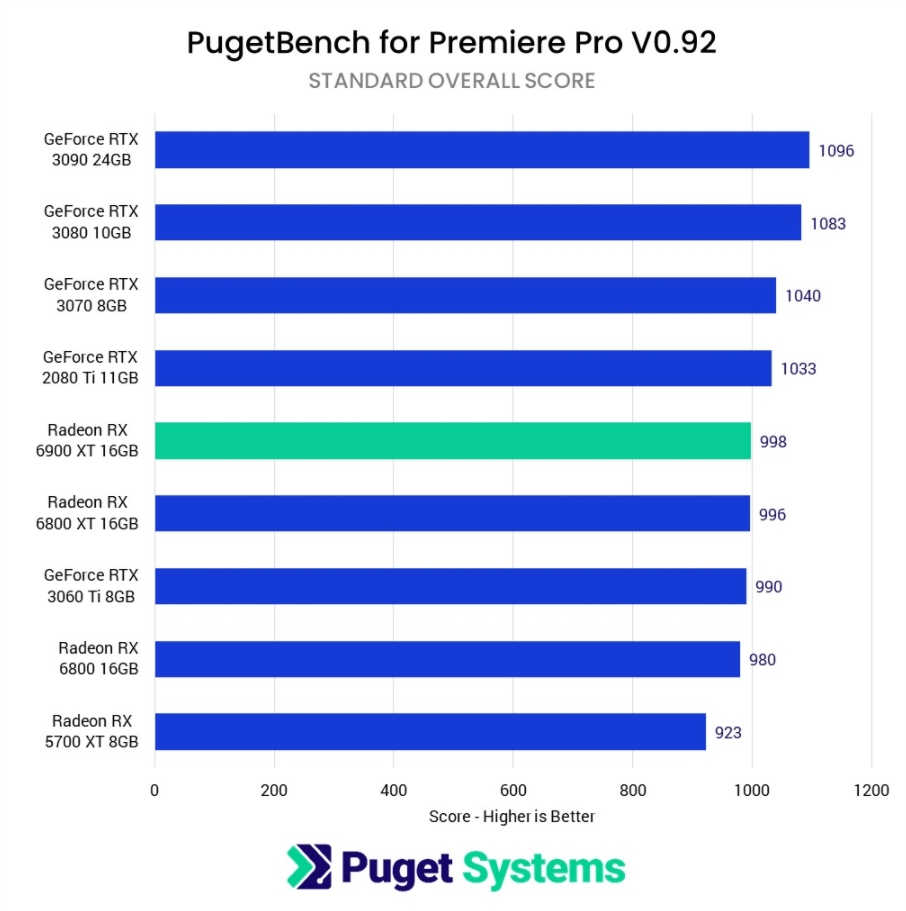

Do you plan on connecting an external hard drive? USB mouse? Phone charger? External monitor? No matter what extras you plan on bringing, you’ll need a laptop that can connect plenty of them simultaneously. Think about the peripherals you might use with your laptop. Most users find 1080p screens to be too blurry, so for best results, get a laptop with a screen resolution of 2560 x 1440 (1440p) or higher. Laptop screen resolutions typically range from 1920 x 1080 (1080p HD) to 2160 x 3840 (4K UHD). The screen resolution controls how detailed images look, so for creative work, it’s important to get a laptop that can display as many pixels as possible.

That just means that there is no separate video card and it relies on the CPU for all of its video rendering. If you see a laptop stating it has “on-board video,” don’t buy it. Most good photo- and video-editing laptops have a video card made by either NVIDIA or AMD. For photo and video editing, graphics are critical, so the right laptop should have some beefy video hardware on board. The graphics processing unit (GPU) is often referred to as a video card. If you see a laptop listing that isn’t upfront about what CPU it uses, don’t buy it. In most cases, the best bet is to buy a laptop with a processor from the Intel i3/i5/i7 series or one from the AMD Ryzen 3/5/7 series. Because most editing applications demand so many resources, it’s important to get a CPU that can keep up. The central processing unit (CPU) is in charge of all of the tasks a computer does, everything from opening files to editing them. Pay the closest attention to the following specifications: CPU Laptops for photo and video editing are standard laptops, but they have more power than usual for tasks like rendering graphics or indexing directories with hundreds of files. Photo- and video-editing laptop features to consider Go with whatever operating system you feel most comfortable with.

All major creative applications are available for both Windows and Mac OS X, and all related file types are similarly agnostic. While that was true once, it isn’t anymore. Historically, photo and video aficionados have maintained that you need a Mac for creative work.


 0 kommentar(er)
0 kommentar(er)
